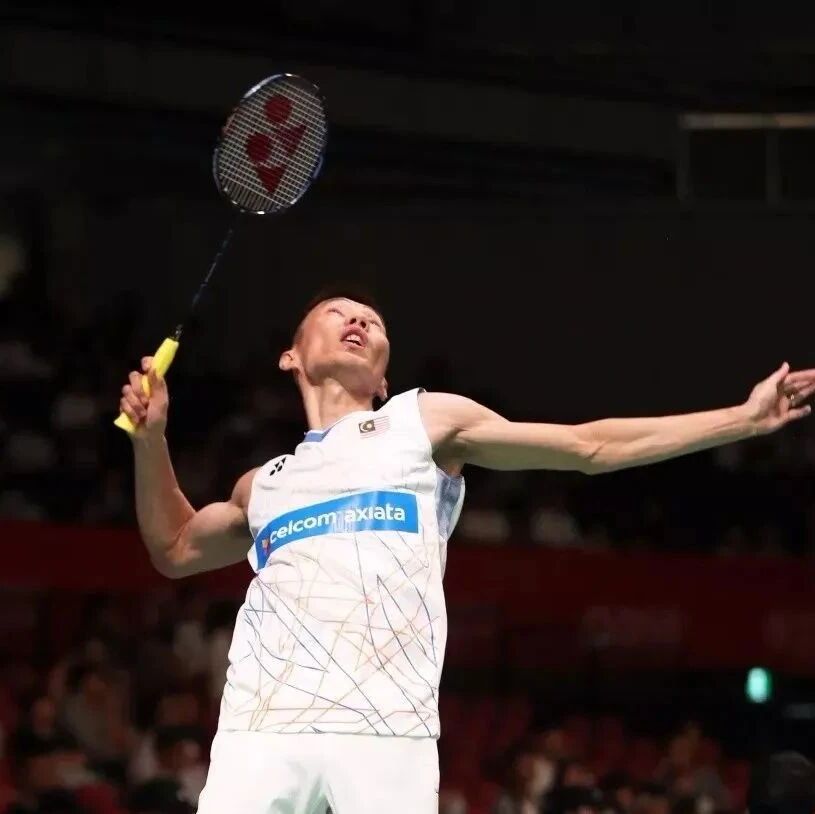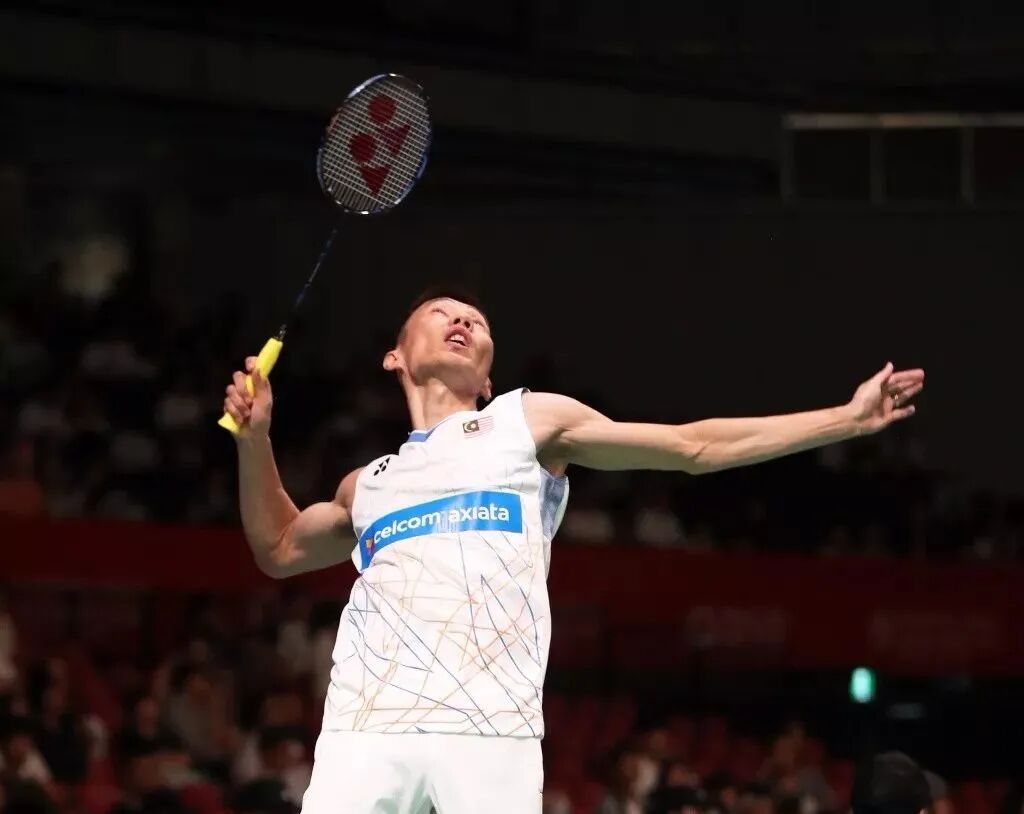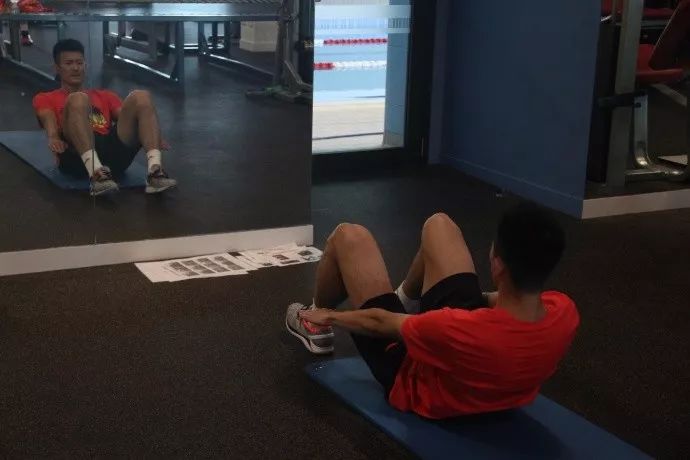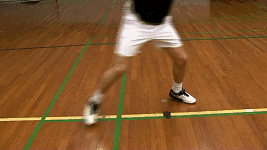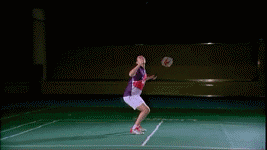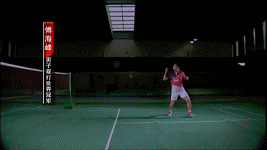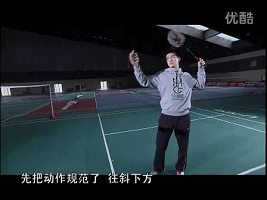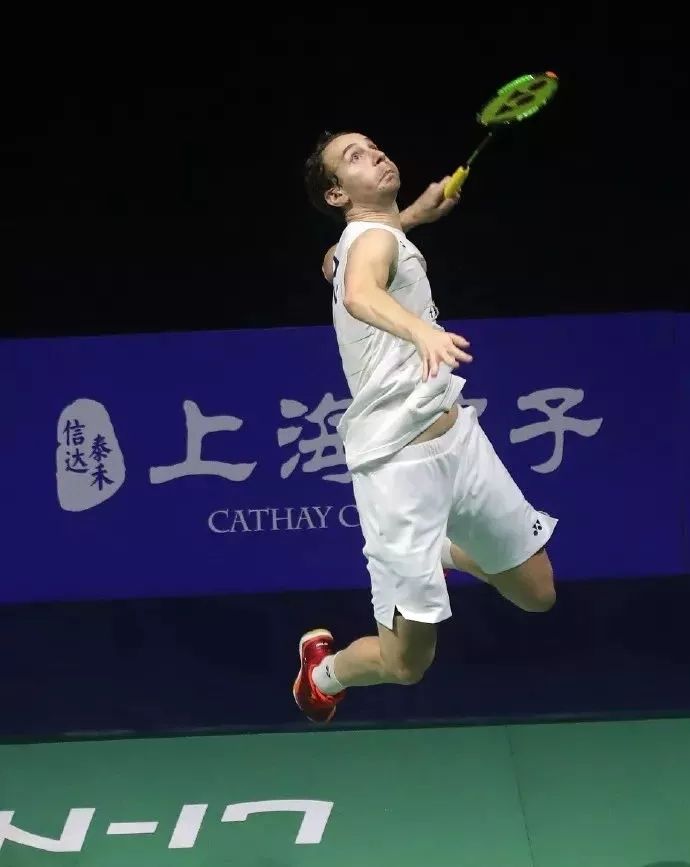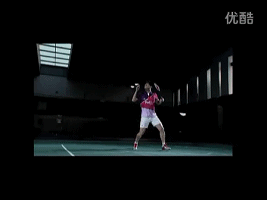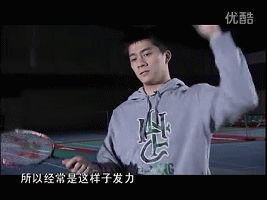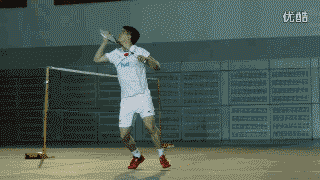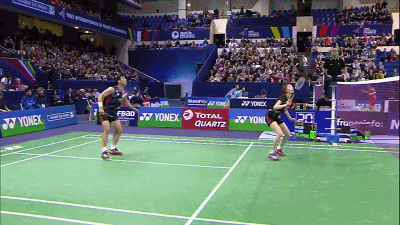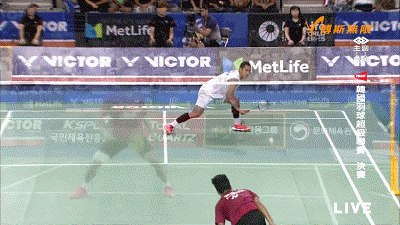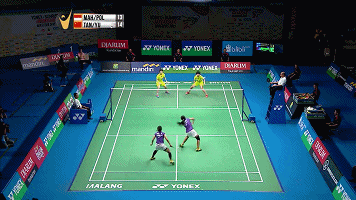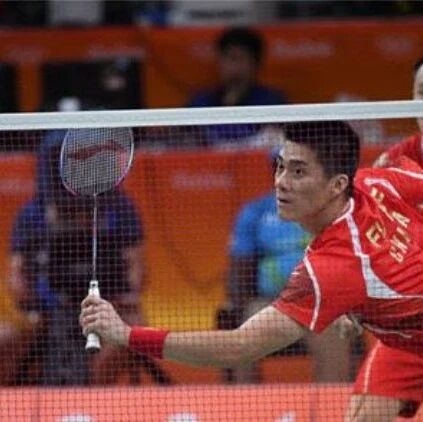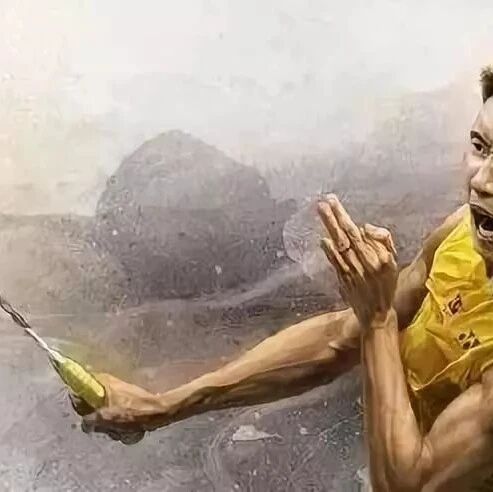
"On the court, it’s all about 'leaping high, stretching your body fully, and delivering a thunderous, decisive smash'—or as some players put it, "smashing the shuttlecock without hesitation." Even a simple high ball can turn into a powerful, hammer-like shot that leaves your opponent scrambling. Not only do you score points, but you also gain the upper hand—exactly the kind of aggressive, crowd-pleasing style that most amateur players admire and strive to emulate: jumping up on both feet to unleash those killer smashes."
However, the jump smash can be quite challenging for amateur players.① Insufficient jump height, poor bounce;② Weak hitting power after jumping, indicating poor core strength;③ Inconsistent aerial movements, with poor coordination between the body and the hitting action;④ Misjudging the takeoff timing.
For the first two scenarios, it’s important to regularly strengthen your jumping ability (through exercises like frog jumps, tuck jumps, and step-ups) and build core strength in your lower back and abdomen (with activities such as planks, sit-ups, leg raises, and back extensions). If you want to master powerful, double-footed jump smashes, these physical attributes simply have to be top-notch.For the latter two scenarios, practice the movements regularly—focusing primarily on timing your jump and mastering controlled (power application) in mid-air.Jump-and-strike technique move:Backward footwork: Step back in place or with a crossover step, retreating to below the hitting point. Stand with your feet shoulder-width apart, ready to jump.
First crouch down, then jump off the ground (the principle is similar to a spring— the deeper you press, the higher you’ll bounce).
1) When performing the forehand stroke in Figure 7, the hitting hand and the non-hitting hand should form a straight line.2) In Figure 8, pay attention to lifting your elbow—lifting the elbow helps you reach a higher hitting point.
Remember to shift your body weight forward during the follow-through, helping you return to center or move toward the net.
Sharing insights on the timing of takeoff:Generally, you’re supposed to start jumping just as the ball begins to fall—but here’s the catch: the speed at which the ball descends isn’t the same as the speed at which your feet push off the ground to take off. This often leads to jumping too early and missing the ball altogether.If you have strong leg power and can jump high, you can time your jump to coincide with the ball as it starts its descent—this allows you to reach a higher hitting point. But if your leg strength is weaker and your jump isn’t very high, it’s better to wait until the ball has dropped a bit further before jumping. That way, you’ll still be able to make solid contact with the ball.1) Relax at takeoff, tighten up during the airborne swing, and channel your power by engaging the explosive strength of your core and abdominal muscles.2) The force from the elbow joint should be directed toward the opposite side of your body; otherwise, injury is likely to occur.3) Pay attention to strengthening your leg muscles and core strength, as weak legs will limit your jumping height, causing the hitting point to drop lower—making it easier for the ball to net or fly too flat. Meanwhile, insufficient core strength can lead to awkward movements in mid-air and reduce the explosive power behind your shots, resulting in lackluster smashes. This is also the most challenging aspect of jumping off both feet.The transfer of power throughout the entire movement4) When practicing the two-footed jump smash, amateur players should especially be reminded to watch out for injuries. If your physical fitness isn’t yet up to par, avoid rushing to achieve quick results—otherwise, you’re highly likely to suffer injuries such as Achilles tendon rupture, lumbar sprain, or strains in your legs and abdominal muscles.Timing for the jump shot:Not all high balls can be powerfully smacked down with a double-footed jump.When the opponent lifts the ball high, giving your team enough time to retreat into position and fully prepare, execute a powerful two-footed jump smash to deliver a decisive kill.When the opponent’s shot from the backcourt isn’t high enough, or when your team has already retreated into position and doesn’t have time to prepare, simply execute a one-footed smash—quickly sending the ball back with precision, leaving your opponent no chance to react.After fully adjusting his stance, Ko Sung-hyun leaps up to smash the shuttlecock.
The woman's jump smash was also incredibly powerful.
Mastering the timing of the jump, executing precise aerial movements afterward, and smoothly following through upon landing—all of these require plenty of practice and careful coordination.
"One person plays a high, deep shot while the other performs a jumping smash"—this is a great training method. If you want to master the double-footed jump smash, consistent daily practice is essential!!!
More article recommendations:
Having played baseball for several years, what are some ways to systematically improve my badminton skills?
Want to improve your ability to anticipate? Remember these 4 key points.
There are 4 ways to hit a badminton shot into an open space—90% of players only know the first one.
